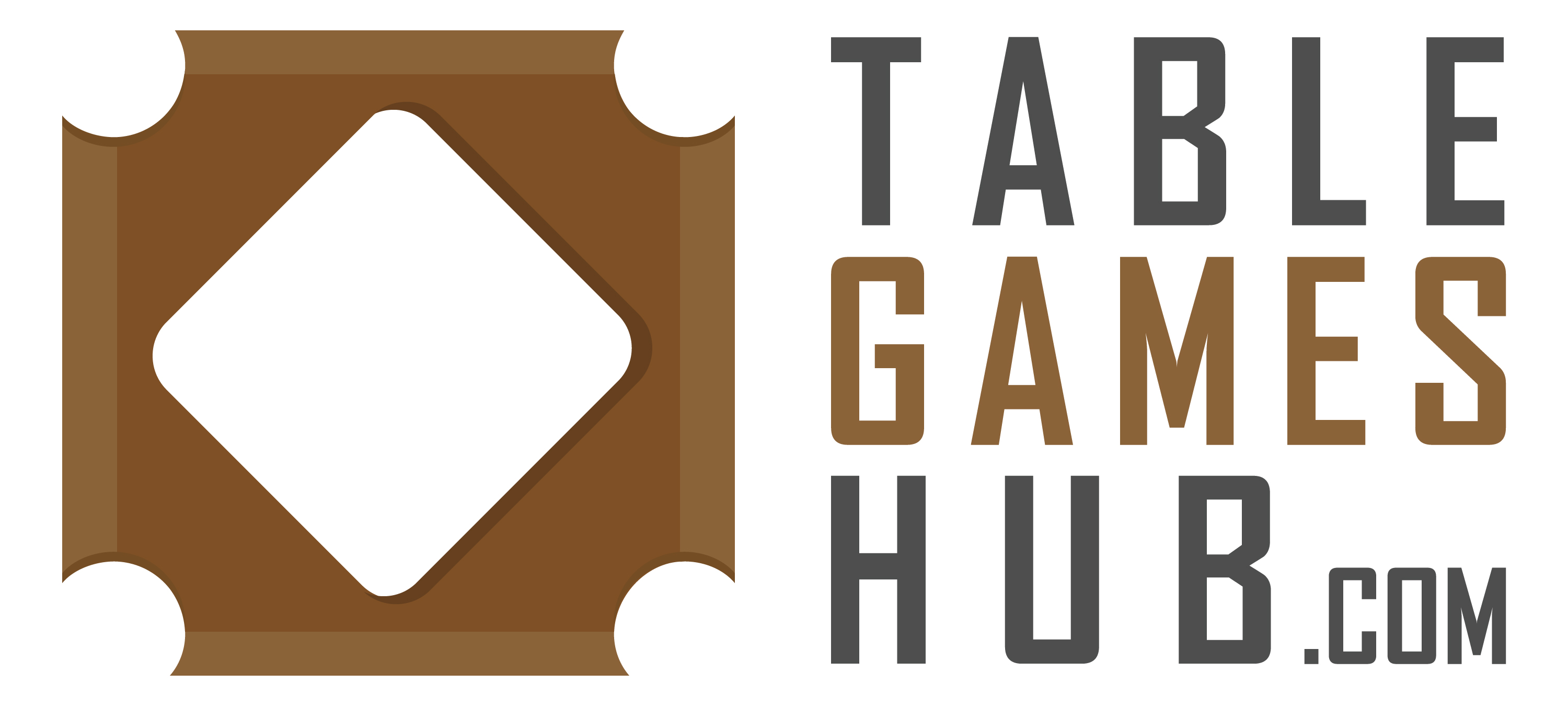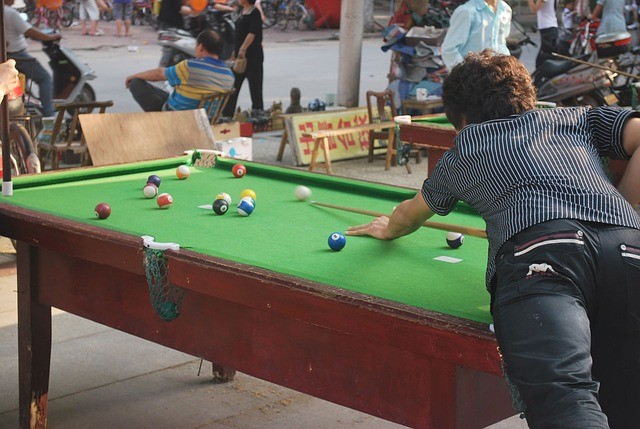If you are learning billiards, the most essential thing to study apart from the tools is to know how to hold a pool cue the right way.
Learning this lesson is not as easy as it seems. To have an idea of how it is done, keep reading.
Learning the Basics
1. Use your dominant hand in holding the pool stick
For illustration, let us assume that your dominant hand is the right. Place your left hand at the point on the stick close to the rear where it is balanced.
Don’t worry about finding it because there will usually be a tape there.
Place your right hand approximately 4 to 5 inches (or 10.2 to 12.7 cm) back. Ideally, your backhand should be at a 90-degree angle against your cue.
One of the common mistakes committed by beginners is gripping off the cue too tightly.
This will restrict your movement and aim. Your grip should be relaxed and yet controlled.
Also, note that your body should be in line with the cue ball. Aligning your body to the cue ball will definitely help you aim your shot correctly.
In holding the pool stick with your dominant hand, use your thumb and index finger. Adding the middle finger will give you a bit more power to your aim.
2. Check your posture
Once you have learned and applied the correct grip on the pool stick with your dominant hand, it is now time to pay attention to your distance to the table.
Lower your body toward the table. This way you are staring down the line of the cue ball.
Also, by doing this, you will be able to hit your aim more easily. If you are too stiff and upright, you will definitely not be able to make your shot.
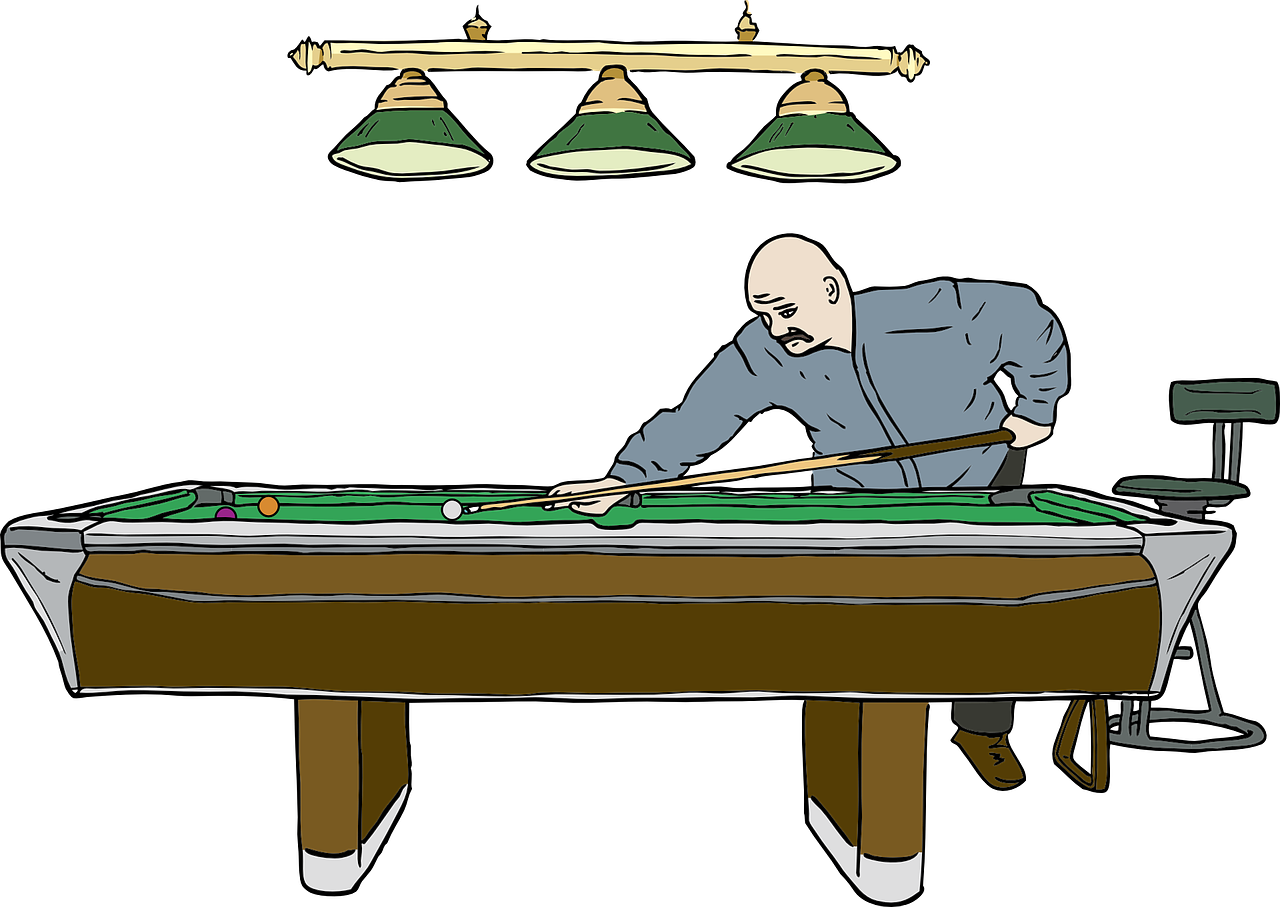
Mind your stance and keep your legs relaxed and slightly bent. Make sure to keep them at least a few inches apart so as not to restrict movements.
3. Learn the proper grip of the non-dominant hand
You have learned how to position your dominant hand. Learning how to maximize your non-dominant hand will give you more chances on a good shot.
Make an open bridge with your left hand. This is the most common bridge used in playing pools. How is it done?
You will be using this bridge or cradle to balance the cue stick on your hand and hit your shots.
The distance of your left hand from the table should be around 6 to 8 inches (or 15 to 20 cm). Note that the closer you are to the ball, the more precision you will have with your shot.
4. Hold the pool stick steadily.
Now that you are ready to learn how to take the shot at your cue ball, lean forward and align the stick on the cue ball that you are targeting.
Hitting the ball correctly (and/or different spots) will be mastered while doing lots and lots of practice.
However, ideally, you should hit that cue ball in its center. Other players refer to this as the "sweet spot."
5. Hold the pool cue at the balance point.
Before taking that one, big shot, learn to hold the pool cue at the balance point. To do this, just slide the cue forward while aiming steadily.
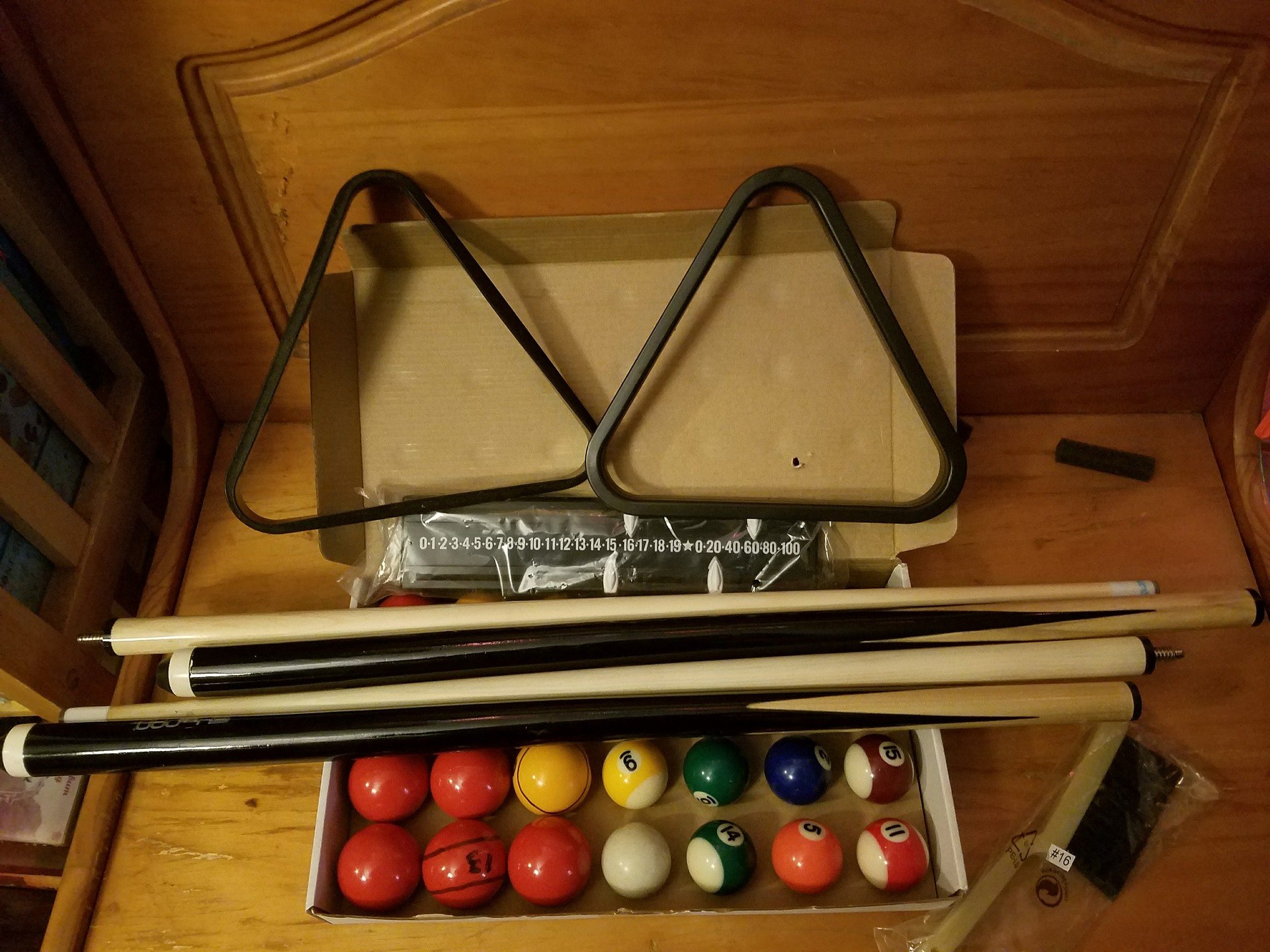
Remember to make proper alignment of the stick and the cue ball to have a higher chance of hitting the ball.
Adjust your shot by gently moving the cue back and forth against your bridge.
See to it that you are confident enough to make a steady and balance shot before hitting the ball.
Once sure, push the backhand (or the dominant hand), with strength depending on the distance of the ball from the table hole.
Make a follow through by continuing your motion slightly after taking the shot.
Points to Remember:
Elevating Your Techniques: Learning Different Bridges
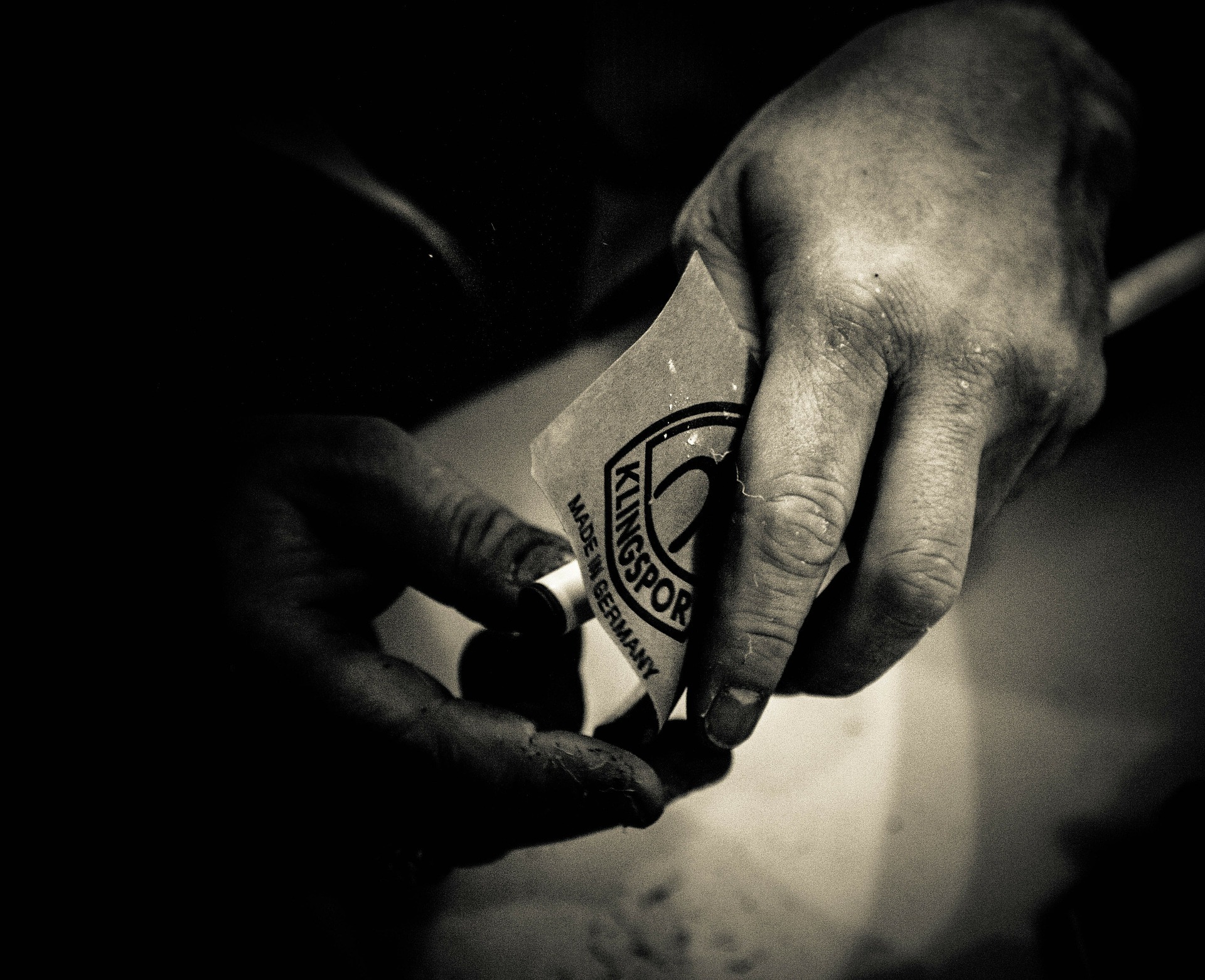
From the basics, we have learned the most common bridge which is the open bridge. If you want to broaden your knowledge about the other kinds of bridges, read on.
1. Closed bridge
A more advanced technique that can be used for more accented shots, this technique will help you look like a pro.
However, it will only be perfected by practice. To learn the basics, do the following:
2. Rail bridge
Another kind of technique which you can make use of is the Rail Bridge. You can use this technique when there is not enough room to make a traditional bridge just because the ball is too close to the end of the table.
When the cue ball is around 4 to 6 inches (or 10 to 15 cm) away from the rail, you may follow these techniques:
If in case the cue ball is closer, say as close as 1 to 2 inches (or 2.5 to 5 cm) away from the rail, you may do the following instead:
3. Elevated bridge
In cases when you are aiming to hit the cue ball but it is being nearly blocked by another ball, use the elevated bridge. To do this, following these steps:
4. Mechanical bridge
In cases where the target ball is too far from you, the mechanical bridge could be useful. Here's how you use it:
Those are some of the different types of bridges which you can use in different scenarios. Don't worry about not perfecting them on the first time.
With more practice, you will learn how to apply them correctly.
Frequently Asked Questions (FAQs):
- In taking a shot, can you merely push your pool stick?
No, merely pushing the stick could be classified as a “push shot." This is considered a foul. In snooker, this violation grants your opponent four points.
- Should I use a pool glove to improve my game?
Using a glove could help reduce the amount of friction between the cue and the player's bridge. This will eventually allow the cue to glide smoothly.
It could be an alternative to using hand talc, which could make a mess on the table if too much is used.
- How do I shoot a straight shot in pool?
To do this, hit the middle of the cue ball. If you hit anywhere else, at least you will make it spin.
Wrap Up
So there you go, learning a particular sport starts with knowing the basics. In this case, just follow the steps and mechanics above to learn how to hold a pool stick.
Don't worry about not perfecting the grip or the aim on the first try. This will improve as you continue playing and practicing.
